Peripatetic Georgian artist Andro Wekua on work, war and wandering
Robbie Lawrence - Photography
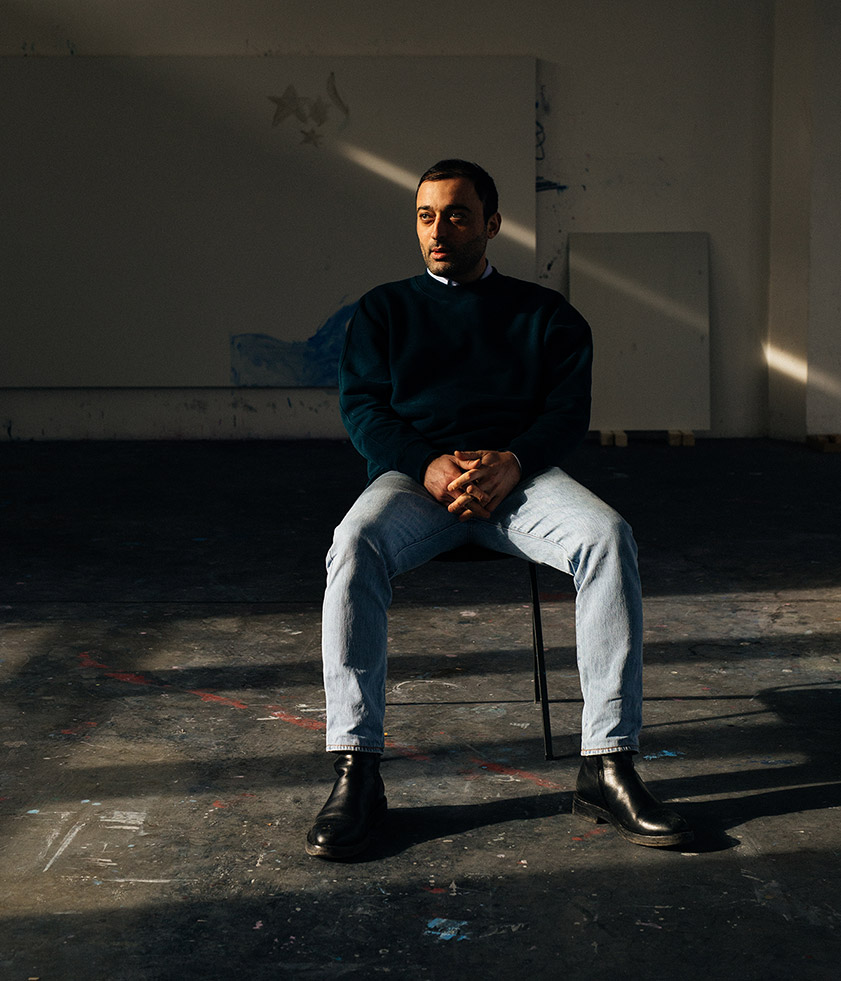
Andro Wekua’s Berlin studio is located on a curve of the River Spree near the Tiergarten park. This used to be quite a backwater, but escalating property prices and proximity to the river have turned it into prime real estate turf. The studio is in the remains of an old red brick building, a surviving wing of a larger industrial complex, surrounded by seven construction sites with billboards for future co-working spaces and relocation invitations. As he shows me up to his second-floor atelier above a small printing works (and opposite the studio of British artist Angela Bulloch), Wekua explains he doesn’t expect to be here much longer – ‘the owner is here almost every day with potential buyers’ – but he doesn’t seem unduly concerned.
Wekua is aged just 40, but has been well known in the art world since his twenties. MoMA and the Saatchi Gallery own several of his pieces, he has a solo show currently running in Moscow, and two coming up in Berlin and Zurich. He may not be fully blue chip quite yet, but he’s not far off.
Other big-name artists in Berlin, such as Tomás Saraceno, Ai Weiwei and Olafur Eliasson, have factory-like studios with dozens of staff, but Wekua’s main atelier is almost empty, save for a number of modestly sized paintings in progress propped against the walls and a couple of tables covered in half-squeezed tubes of oil paint. The air is thick with the comforting aroma of turpentine. There are two chairs, which look like they came out of a skip, and a crate of bottled water. But no assistants scurrying around, no sign of hectic preparation for the shows – just the artist on his own.
Wekua explains, almost apologetically, that this isn’t his only studio, just the one he paints in at the moment, and that he has sent his two assistants home for the day. His sculptural works are all made at the Kunstbetrieb workshops in Basel and his films in another specialist studio in Zurich. He seems to be constantly on the move, dividing his time between these cities and, more recently, his country of birth, Georgia. ‘So far, I have had no problem living in different places,’ he says, ‘but I am starting to realise it would be good to decide so I am not scattered all over the world the whole time.’
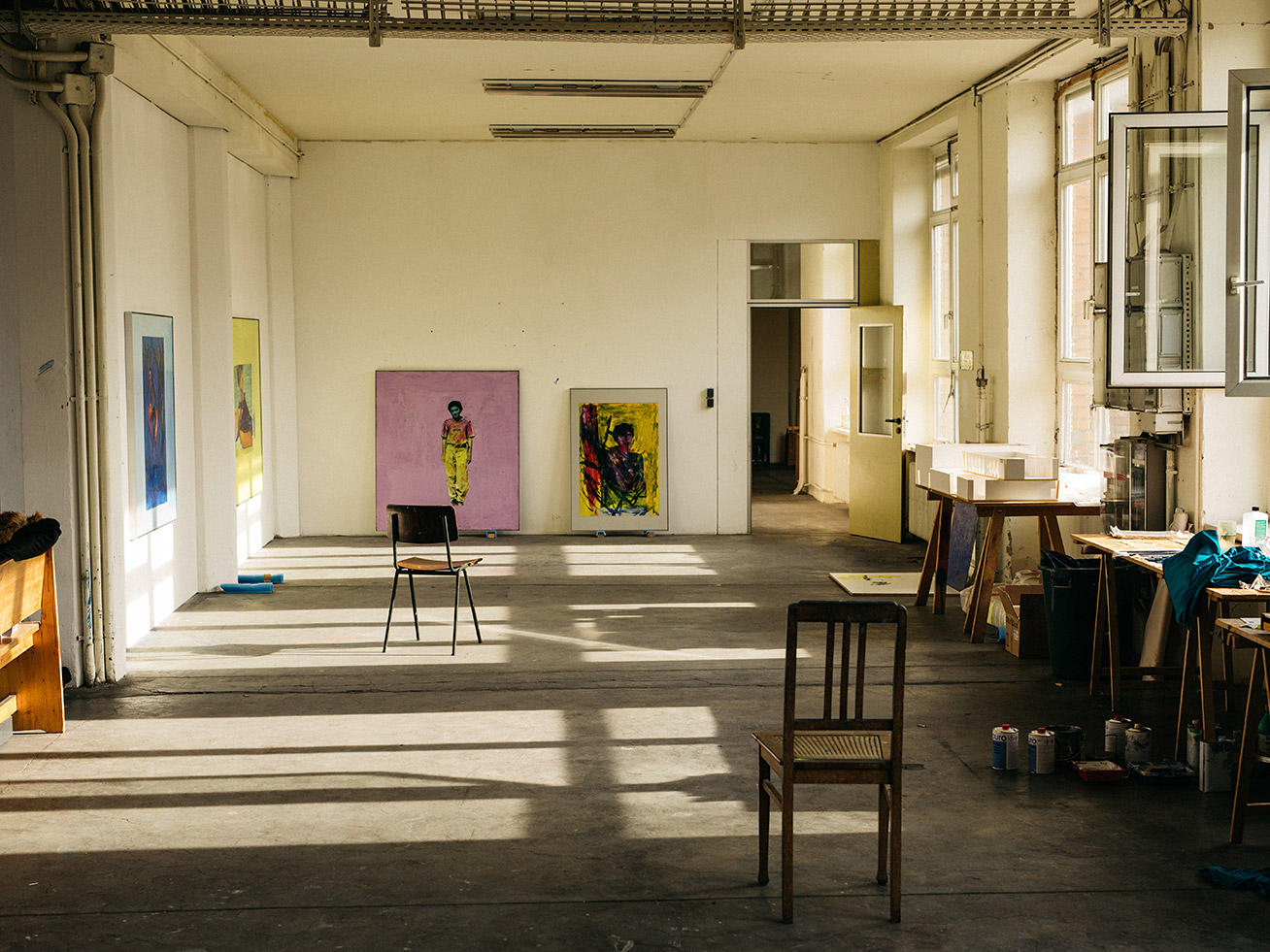
Two recently completed works (left wall) hang in the studio alongside works in progress (facing) and a mode of an exhibition space (right).
Perhaps this state of permanent transit is why the studio space feels rather impersonal. The coloured oily tracks his fingers have smeared on the walls around each unfinished artwork are pretty much the only evidence he’s at work here. Yet the dozen or so paintings (portraits mostly) on display seem deeply personal, bursting with vibrant yellows, reds, pinks and blues.
‘I collect personal photos or ask friends for them – this is of someone I knew; this is me when I was young – but it doesn’t matter who they are, they may as well be strangers.’ Wekua then creates collages using the photos along with coloured paper, cut and torn. ‘An aspect of collage that I find fascinating,’ he says, ‘is that time is not necessarily linear. The various elements stem from different times and different places, but one can still depict them in an integrated way.’ When he is happy with the result, he sends the images off to a screen printer who scales them up and prints them on canvas or, in the case of the pictures here, sheet aluminium. The artist then works over the prints in oils, adding and subtracting and painting over until he is content. Wekua again emphasises his distance from the subjects, however intimate the paintings appear: ‘These are not portraits, they are figures,’ he explains. ‘There is a hardness about them, but it also interests me that there is a deeper narrative quality, too.’
Wekua’s powerful sculptures often feature life-like and life-sized androgynous adolescent figures. One piece for his Moscow show is of a teenage-looking figure with a huge black wolf nudging at her shoulder. Another, for Berlin, is of a figure standing in a pool, with water coming out of her various body parts like a fountain. His best known film, Never Sleep with a Strawberry in Your Mouth (2010), features yet more uncanny, android-like figures, this time played by humans, in a magical-realist domestic setting. Then there are the architectural models constructed partly from memory, of buildings from his former home town. What appears to connect them all is a strong sense of personal storytelling.
I ask him about the girl and the wolf, a theme that repeats itself in his sculptures. For many it is a motif dripping with narrative significance: Little Red Riding Hood, Studio Ghibli’s Princess Mononoke or one of the Stark children from Game of Thrones. The figure is both innocent and warrior-like. But Wekua is adamant that storytelling is not his intent: ‘They stand for something, but not someone. It is a sense of universal condition that moves me, that I express in one form or another. But that is not a story. If viewers want to see stories in my work, that is of course fine, but it would be great if they could grasp that condition as well.’ He does not go on to elucidate what that condition might be.
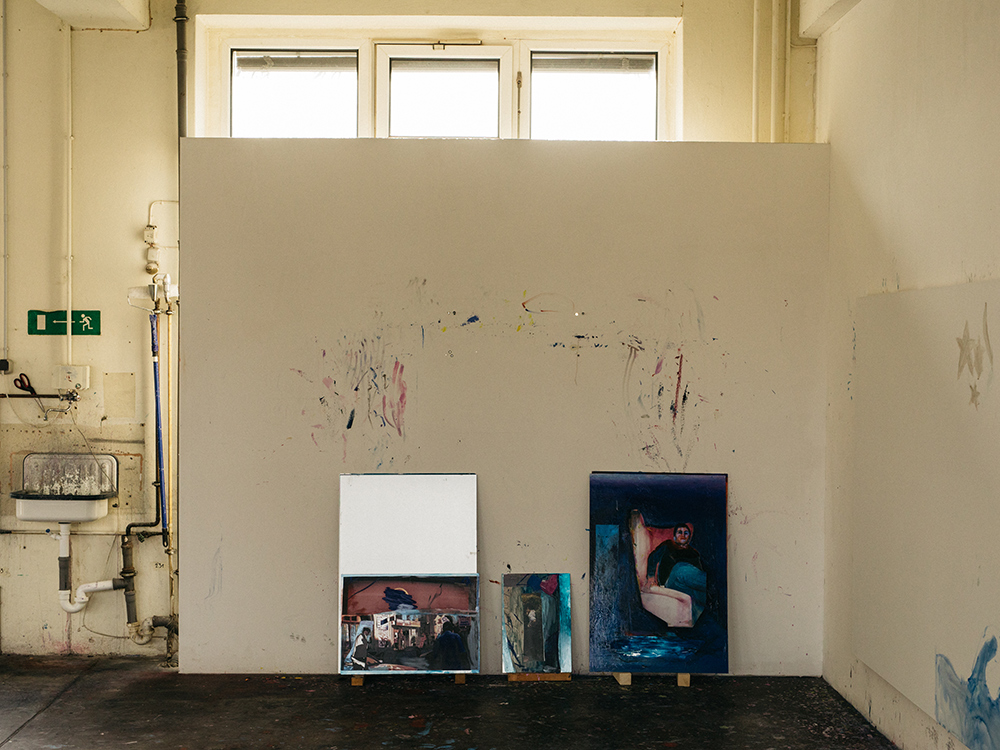
Works in progress, which began life as collages.
Tellingly perhaps, Wekua’s own backstory is always brought up in interpretations of his work. It is as if his refusal to admit to a narrative drives others to force one on him. He was born in 1977 in Sukhumi, a war-torn region of Georgia which is now known as the disputed territory of Abkhazia. In 1989, his father, a political activist, was killed by Abkhaz nationalists during the Sukhumi riots. His family fled the city and, aged 17, he was sent on exchange to an anthroposophic school in Basel. ‘The 1990s were bad times in Georgia. After the collapse of the Soviet Union, there was huge chaos. If there was a chance to get out and go somewhere else, it had to be taken. Nevertheless, it was still a good time for me, I had a lot of fun and was outside a lot. I did not want to leave.’ Switzerland was a culture shock: ‘It was depressing at the beginning and I was really alone.’
Wekua says he did not actively choose art as a profession: ‘I never knew what I wanted to be. But I drew a great deal as a child, so my father took me to a painter friend of his in Georgia who had a great studio, just like you imagine an old-fashioned atelier to be. I ended up going there twice a week. When he painted, I painted as well. It all sort of just came together.’
We talk about in-between spaces, like the location of his Berlin studio, that have allowed the creative scene to grow and evolve. They offer freedom to invent, to create something new. ‘It is the spaces in between that are important, but I can make my space anywhere because I carry everything I need with me.’ But what of the non-physical gaps? The spaces where emotions and memories and dreams exist? ‘Where I grew up in Georgia is very different now,’ he answers. ‘War, civil war and occupation have changed it massively, and much of what I knew in my childhood is not there anymore. Also, you imagine things differently to what they were, filling in the gaps with your imagination. My work is about closing these gaps.’
When he is working, the names for Wekua’s pieces come last of all. At the time of writing, two weeks before the first of his three shows, most of the new works are still nameless. By naming them he will be ascribing potential for meaning, which he seems reluctant to do: ‘Then there is no going back,’ he says. ‘Names are important, but then again some of my works don’t have a name even when they are done, even though I have tried to give them one.’
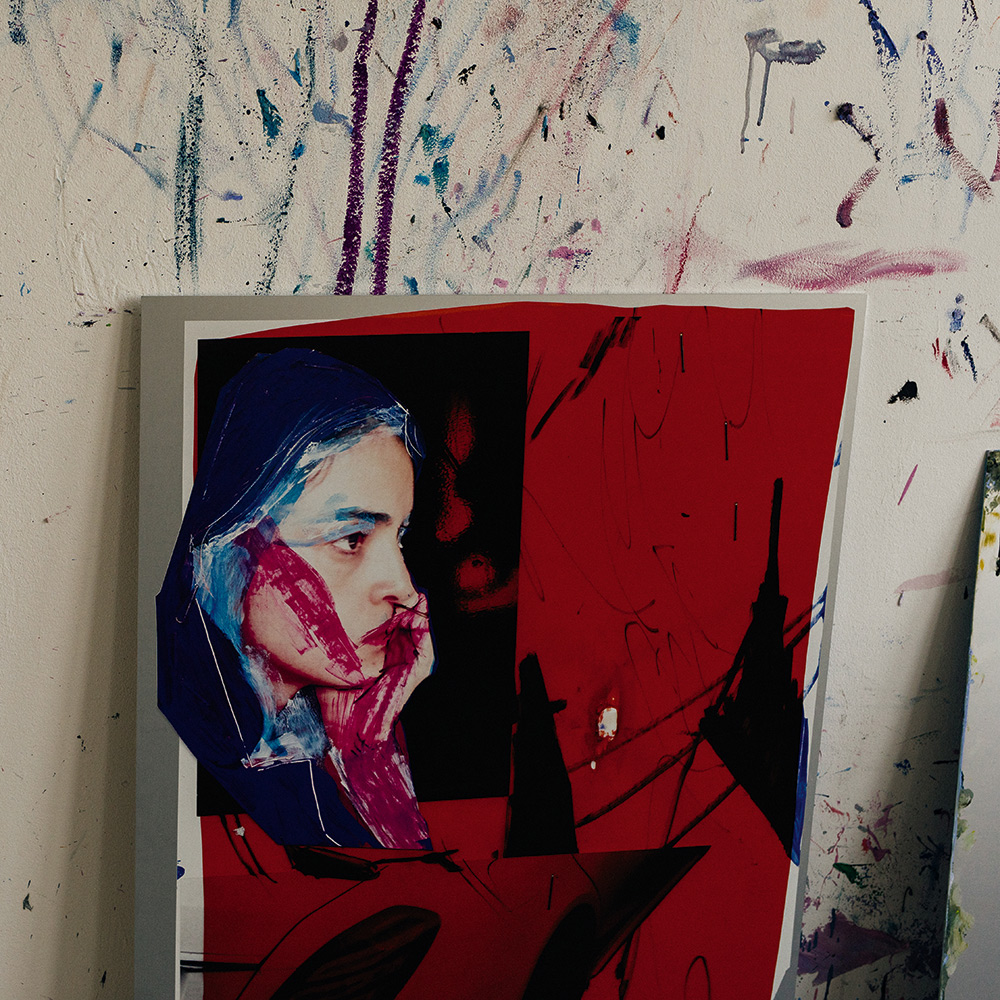
Wekua’s smeared fingermarks on the studio walls surround a work in progress.
His work tackles, if obliquely, family loss, war, displacement, culture shock and loneliness. His professed disinterest in his protagonists, his dismissal of the autobiographical, and his ultimate detachment from his creations may be self-protective, but it seems more likely that he does not want his work defined by his own circumstances.
Once his works are completed, Wekua says he detaches himself from them completely. ‘As soon as my work is exhibited somewhere, that is where the relationship stops,’ he explains. ‘The work is not an ambassador for my ideas, it becomes autonomous. When I see my work in an exhibition, I am just as much an observer as you are. If the work is not able to take on a life of its own, then it doesn’t leave the studio.’
As originally featured in the May 2018 issue of Wallpaper* (W*230)
INFORMATION
‘Dolphin in the Fountain’ is on view until 21 May at Moscow’s Garage Museum of Contemporary Art website. Further solo shows, both titled ‘Andro Wekua’, will be at Berlin’s Sprüth Magers, 27 April – 1 September, and at Kunsthalle Zürich, 9 June – 5 August
Receive our daily digest of inspiration, escapism and design stories from around the world direct to your inbox.
-
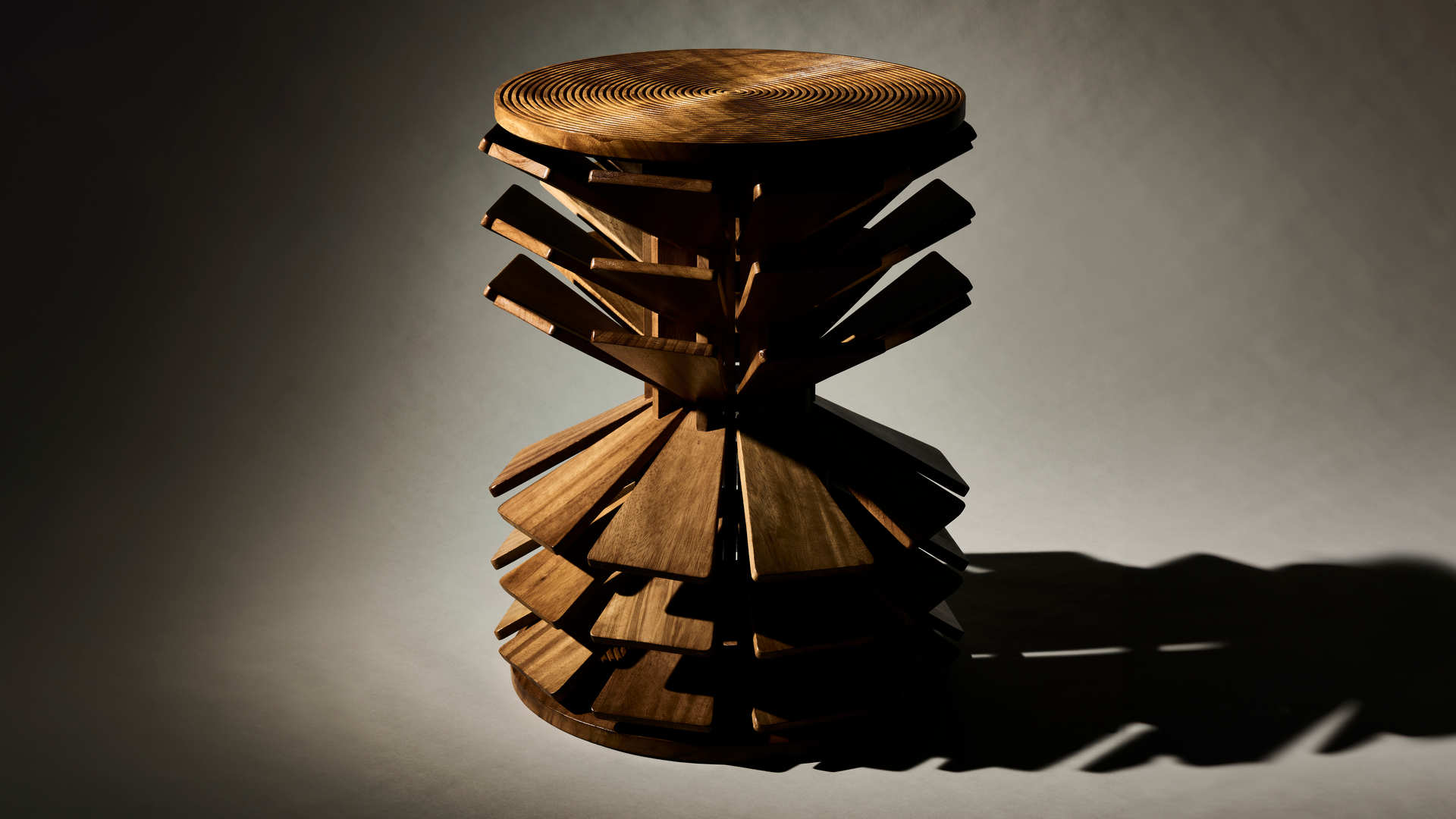 The work of Salù Iwadi Studio reclaims African perspectives with a global outlook
The work of Salù Iwadi Studio reclaims African perspectives with a global outlookWallpaper* Future Icons: based between Lagos and Dakar, Toluwalase Rufai and Sandia Nassila of Salù Iwadi Studio are inspired by the improvisational nature of African contemporary design
-
 Top 25 houses of 2025, picked by architecture director Ellie Stathaki
Top 25 houses of 2025, picked by architecture director Ellie StathakiThis was a great year in residential design; Wallpaper's resident architecture expert Ellie Stathaki brings together the homes that got us talking
-
 Year in review: the shape of mobility to come in our list of the top 10 concept cars of 2025
Year in review: the shape of mobility to come in our list of the top 10 concept cars of 2025Concept cars remain hugely popular ways to stoke interest in innovation and future forms. Here are our ten best conceptual visions from 2025
-
 This Gustav Klimt painting just became the second most expensive artwork ever sold – it has an incredible backstory
This Gustav Klimt painting just became the second most expensive artwork ever sold – it has an incredible backstorySold by Sotheby’s for a staggering $236.4 million, ‘Portrait of Elisabeth Lederer’ survived Nazi looting and became the key to its subject’s survival
-
 Meet Eva Helene Pade, the emerging artist redefining figurative painting
Meet Eva Helene Pade, the emerging artist redefining figurative paintingPade’s dreamlike figures in a crowd are currently on show at Thaddaeus Ropac London; she tells us about her need ‘to capture movements especially’
-
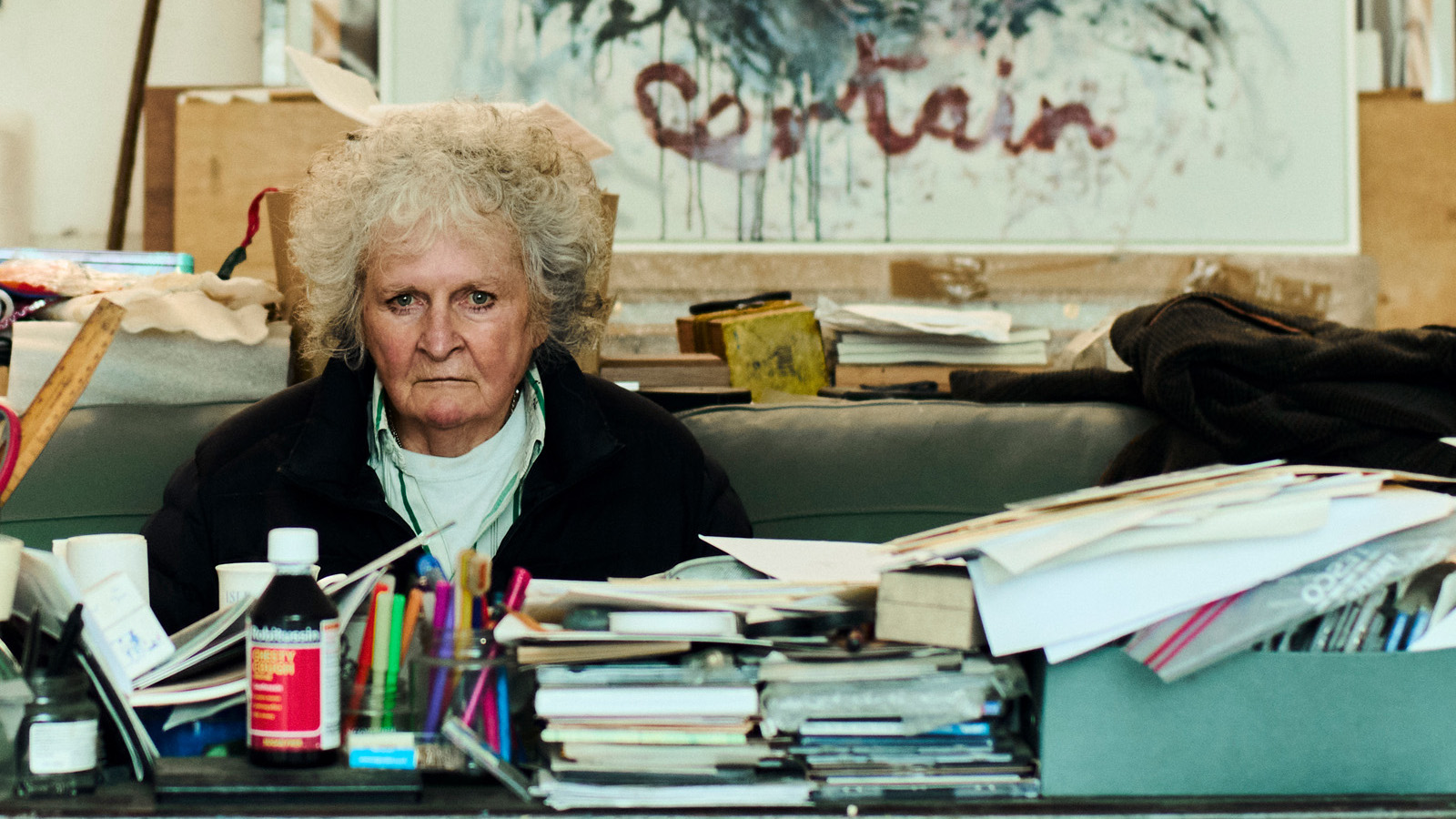 Maggi Hambling at 80: what next?
Maggi Hambling at 80: what next?To mark a significant year, artist Maggi Hambling is unveiling both a joint London exhibition with friend Sarah Lucas and a new Rizzoli monograph. We visit her in the studio
-
 Out of office: The Wallpaper* editors’ picks of the week
Out of office: The Wallpaper* editors’ picks of the weekThis week, the Wallpaper* editors curated a diverse mix of experiences, from meeting diamond entrepreneurs and exploring perfume exhibitions to indulging in the the spectacle of a Middle Eastern Christmas
-
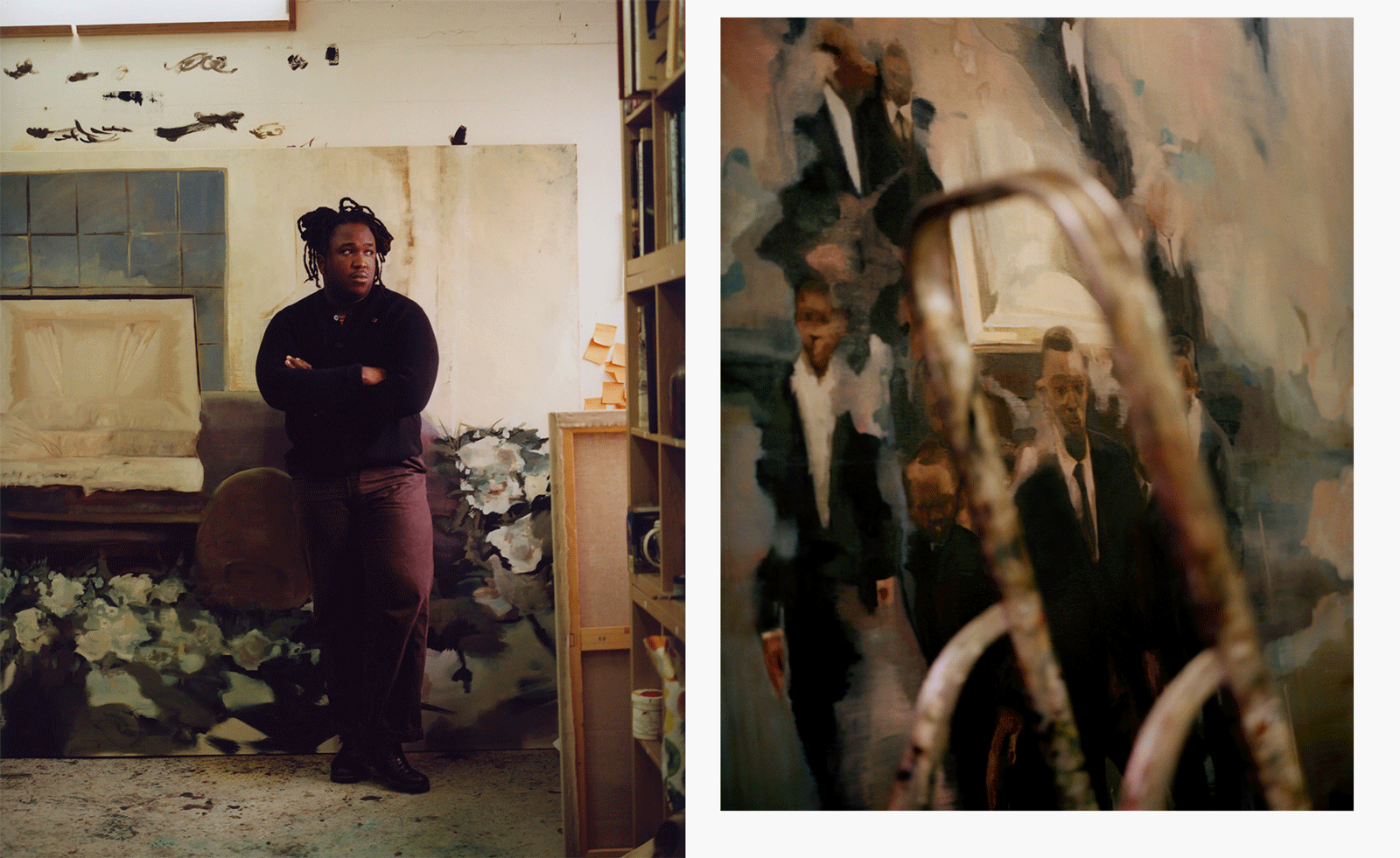 Artist Shaqúelle Whyte is a master of storytelling at Pippy Houldsworth Gallery
Artist Shaqúelle Whyte is a master of storytelling at Pippy Houldsworth GalleryIn his London exhibition ‘Winter Remembers April’, rising artist Whyte offers a glimpse into his interior world
-
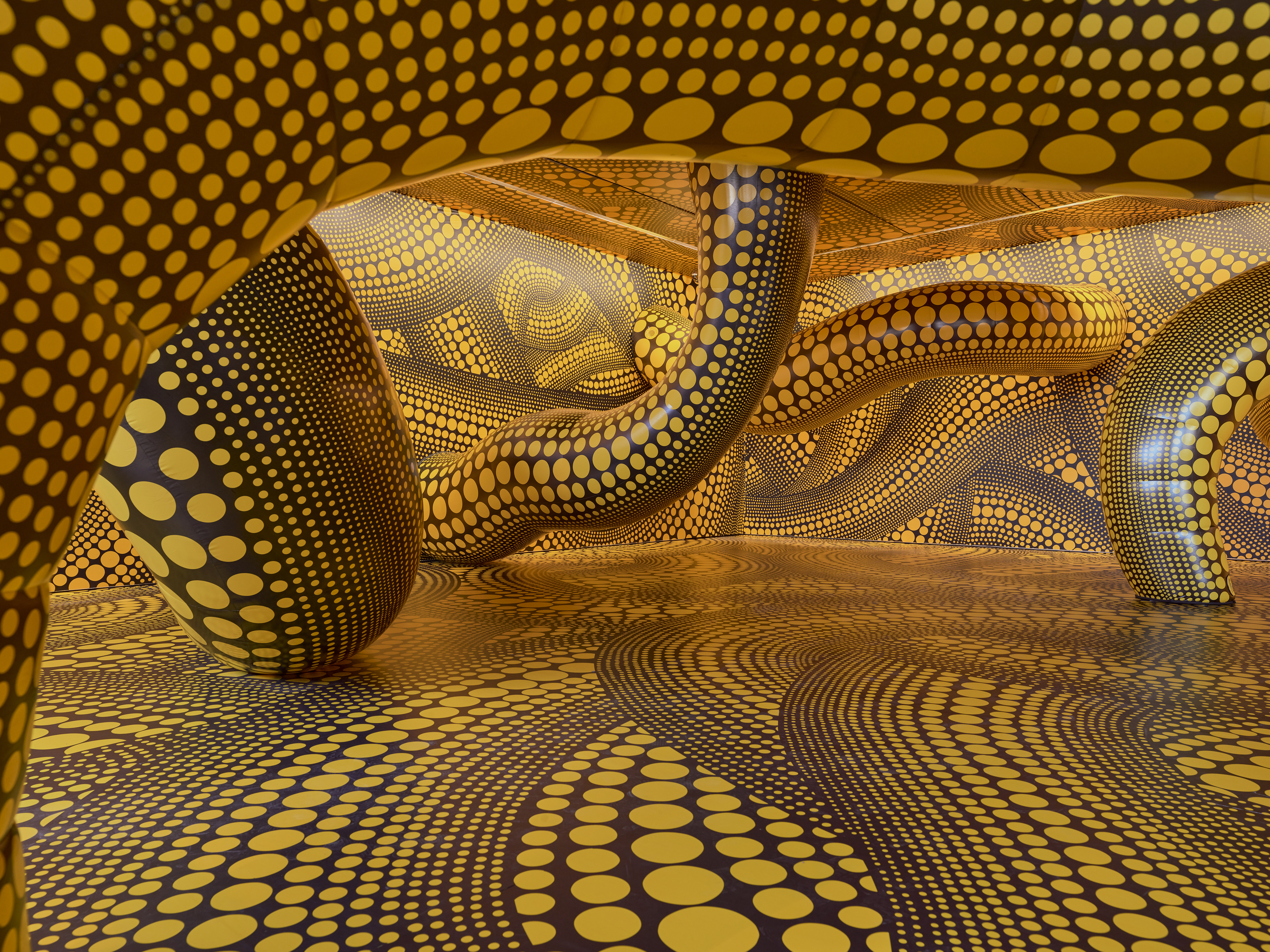 Unseen works meet immersive showstoppers as Yayoi Kusama hits Switzerland
Unseen works meet immersive showstoppers as Yayoi Kusama hits SwitzerlandAt the Fondation Beyeler in Basel, there are 300 works by Kusama to discover and it’s delightfully discombobulating
-
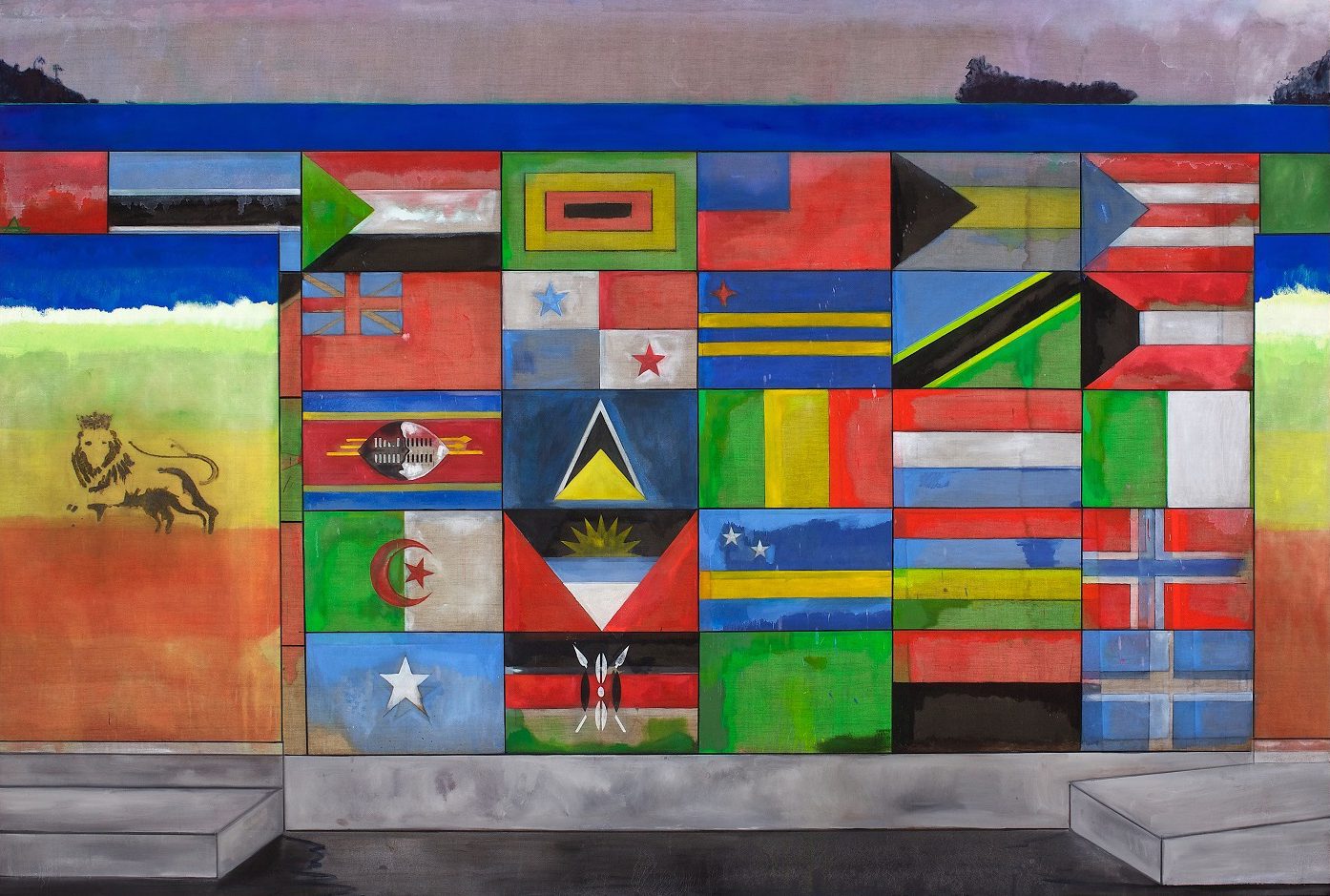 ‘Sit, linger, take a nap’: Peter Doig welcomes visitors to his Serpentine exhibition
‘Sit, linger, take a nap’: Peter Doig welcomes visitors to his Serpentine exhibitionThe artist’s ‘House of Music’ exhibition, at Serpentine Galleries, rethinks the traditional gallery space, bringing in furniture and a vintage sound system
-
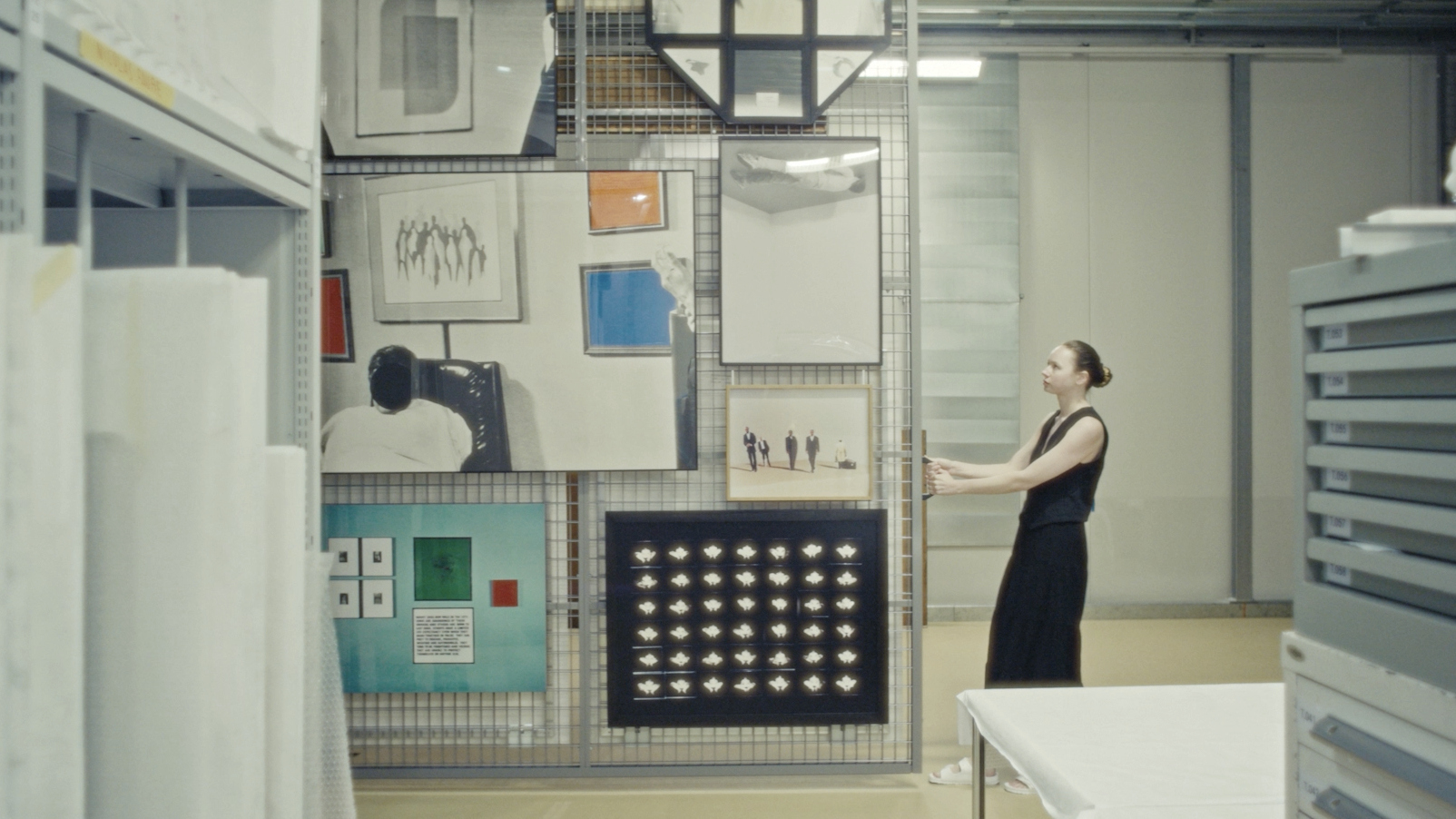 What to see at Switzerland’s art museums this autumn and winter
What to see at Switzerland’s art museums this autumn and winterWorld-class art, design and photography await at 11 Swiss museums. Take a video tour to peek inside, then plan your trip with our guide to the best exhibitions to see now and into 2026